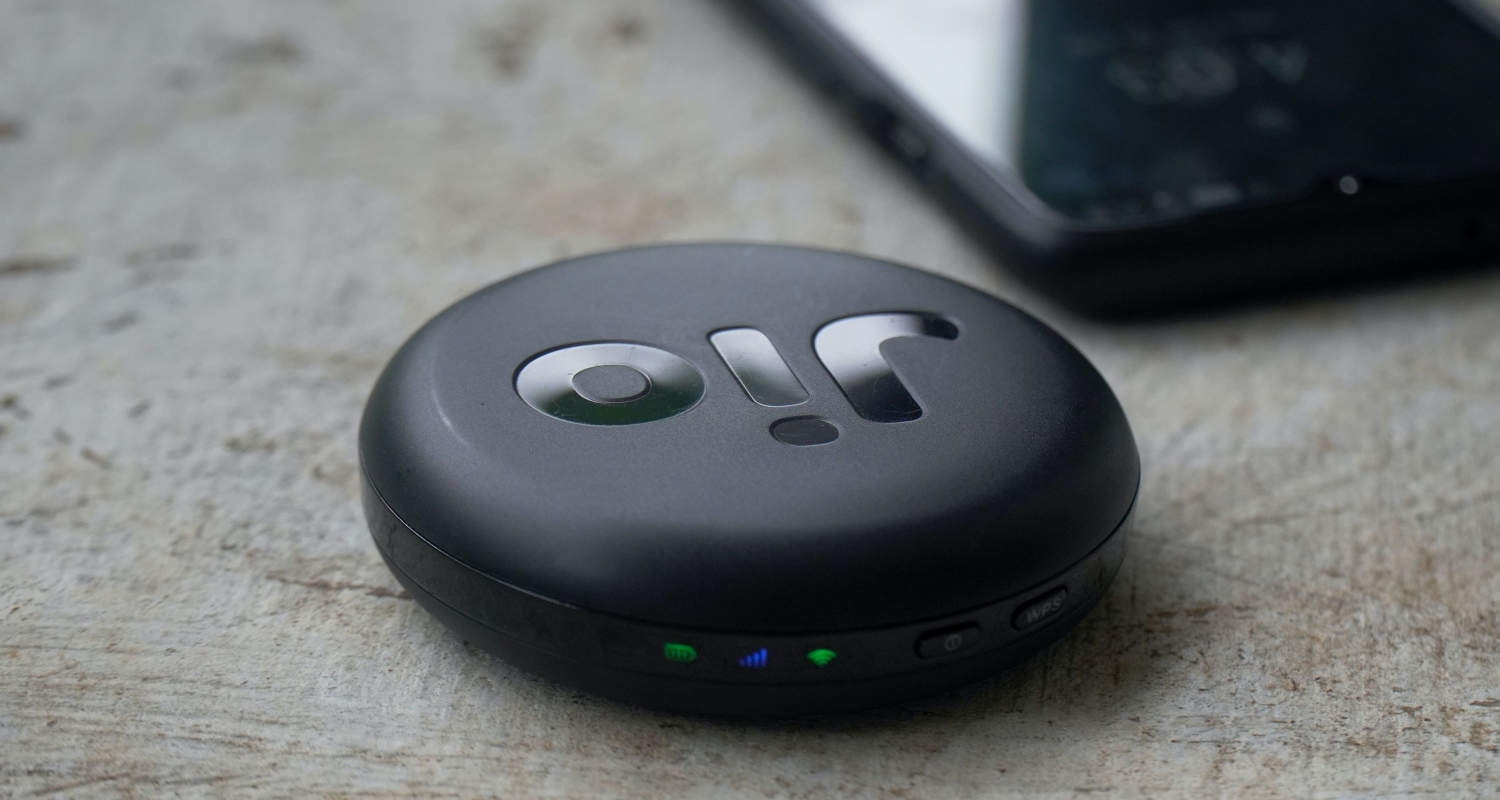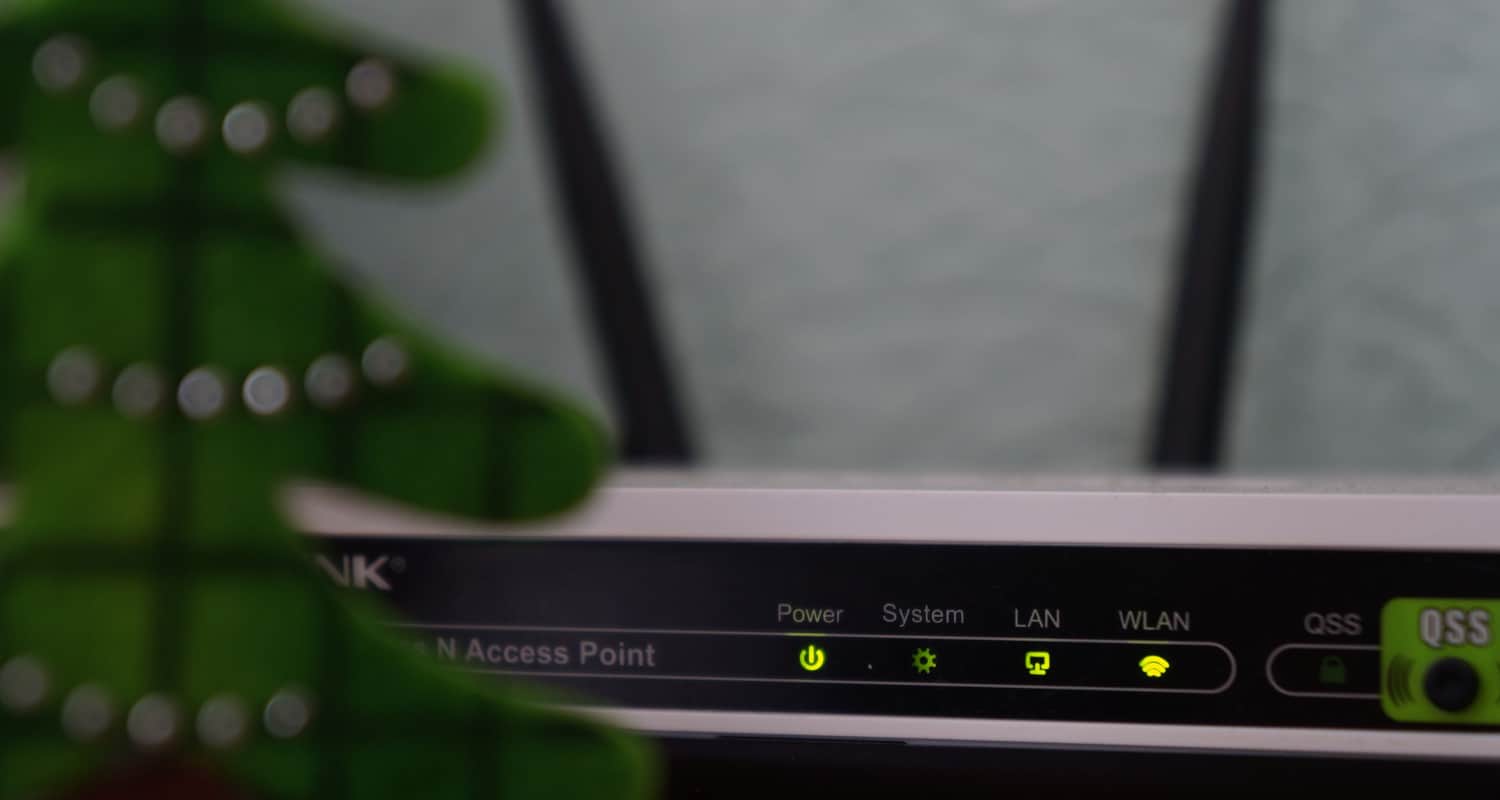In today’s digital age, our homes are filled with gadgets and devices, all silently sipping on electricity. Have you ever glanced at your WiFi router and wondered, “How much power are you really consuming?” It’s a tiny box, blinking away, seemingly harmless. But these small costs can add up, both for your wallet and the environment.
On average, a typical WiFi router uses between 0.06 to 1 amp, depending on its make, model, and functionality. However, it’s essential to check the specifications of your specific router for precise figures.
What if you’re unknowingly spending more on your electricity bill because of it? Or worse, what if you’re not prepared for its consumption during a power outage? Fear not! We’re diving deep into this overlooked topic to bring clarity and solutions.
See Also: How Does iPass WiFi Work: Everything You Need to Know
Contents
- 1 Understanding Power Consumption
- 2 Factors Affecting WiFi Router Power Consumption
- 3 Average Power Consumption of Popular WiFi Routers
- 4 How to Measure Your Router’s Power Consumption
- 5 Benefits of Knowing Your Router’s Power Consumption
- 6 Tips to Reduce Power Consumption in WiFi Routers
- 7 FAQs
- 8 Conclusion
Understanding Power Consumption
Diving into the world of electricity can feel like stepping into a whirlwind of jargon. But fear not! We’re here to answer the common question: “How many watts does a Wi-Fi router use?” We’re here to demystify the most common terms for you.
- Watts (W): Think of Watts as the measure of “work done” by an electrical device. It’s the rate at which energy is used or produced. For instance, when we say a light bulb is 60 watts, it means it uses energy at a rate of 60 joules per second.
- Amps (A): Amps, short for Amperes, represent the flow of electric charge. Imagine water flowing through a pipe; the amount of water passing through is analogous to the current in Amperes. It’s all about how much!
- Volts (V): Volts measure the “pressure” pushing the current. Using our water analogy, if Amps are the flow of water, then Volts are the water pressure. Higher voltage means a stronger push.
Now, how do these terms relate? They’re bound together by a fundamental relationship known as Ohm’s Law. Simply put:
Watts (W)=Amps (A)×Volts (V)
Watts (W)=Amps (A)×Volts (V) So, if you know any two of these values, you can easily figure out the third. It’s like a magical triangle of electrical understanding!
Remember, having a grasp on these terms not only makes you sound super smart at parties but also empowers you to understand and manage your household’s power consumption better. Onward to electrical enlightenment!
See Also: How Does Chevy WiFi Work: An In-Depth Look
Factors Affecting WiFi Router Power Consumption
Alright, let’s get geeky! When you look at that little box blinking away in the corner of your room, you might think, “How much power can you possibly consume?” Well, it’s not always a straightforward answer. Several factors come into play, and here’s the lowdown:
- Router Specifications and Models: Not all routers are created equal. Some are like the sprinters of the tech world, while others are more like leisurely walkers. Higher-end models with faster speeds and more processing power can consume more electricity. It’s like comparing a sports car to a family sedan; both have their strengths, but one might be a tad thirstier for fuel.
- Duration of Use: This one’s a no-brainer. The longer your router is on, the more power it consumes. But here’s a twist: even when not in active use, routers still draw power. It’s like a light bulb that’s dimmed but not entirely off. So, those 24/7 blinking lights? Yep, they’re sipping on electricity.
- Additional Features: Modern routers come packed with features. Dual-band functionality? Check. Range extenders to cover that pesky dead spot in the basement? Absolutely. But here’s the catch: every added feature can increase power consumption. It’s a bit like adding more toppings to your pizza; it’s delicious, but it comes at a cost.
In essence, while your WiFi router might seem like a small player in the grand scheme of household appliances, its power consumption can be influenced by various factors. Being aware of these can help you make informed decisions, whether you’re shopping for a new router or optimising your current one. Knowledge is power, quite literally, in this case!
See Also: How Does AirTag Work Without WiFi: Behind the Tech
Average Power Consumption of Popular WiFi Routers
Navigating the maze of WiFi routers on the market can be a daunting task. But, armed with knowledge about “wifi router wattage”, you can make choices that are both tech-savvy and energy-efficient. Let’s dive into some popular models and their power appetites:
- Netgear Nighthawk AX12: This beast of a router, known for its high-speed performance, consumes around 0.9 amps. It’s the equivalent of a small LED desk lamp.
- TP-Link Archer C7: A favourite for many households, the Archer C7 draws about 0.75 amps. Think of it as running a digital alarm clock.
- Google Nest WiFi: Google’s sleek and modern router, which doubles as a smart speaker, uses approximately 0.8 amps. Picture it like keeping a small fish tank’s filter running.
- Asus RT-AX88U: A powerhouse in the router world, this model uses around 1 amp. It’s akin to charging a laptop.
Now, let’s put this into perspective by comparing it to other household devices:
- Refrigerator: A typical fridge can use anywhere from 1 to 2 amps. That’s like running two high-end routers simultaneously!
- LED Light Bulb: These energy savers use about 0.1 amps, so even ten of them combined would roughly equal the consumption of a single router.
- Desktop Computer: On average, a desktop can draw between 1.5 and 2.5 amps, making it one of the more power-hungry devices in a home.
In the grand scheme of things, while routers do consume electricity, their usage is relatively modest, especially when compared to larger appliances. However, every bit counts, especially when we’re aiming for energy efficiency. So, the next time you’re binge-watching your favourite show online, spare a thought for that little box making it all possible – and know that it’s doing its job without breaking the energy bank!
See Also: How Do You Write WiFi: Correct Usage and Common Mistakes
How to Measure Your Router’s Power Consumption
Have you ever had that burning curiosity to know just how much juice your WiFi router is guzzling? Well, you’re in luck! Measuring its power consumption is simpler than you might think. Let’s embark on this electrifying journey together:
Tools You’ll Need:
- Energy Usage Monitor: This nifty device plugs into your wall outlet, and you plug your router into it. It’ll display the power consumption in real time. Brands like Kill A Watt and Belkin offer reliable monitors.
Step-by-Step Guide:
- Unplug Your Router: Safety first! Ensure your router is turned off and unplugged from the wall socket.
- Set Up the Monitor: Plug the energy usage monitor into the wall outlet. Ensure it’s in the correct mode to measure power (usually indicated by a ‘W’ for watts).
- Connect the Router: Now, plug your router’s power adapter into the monitor.
- Switch It On: Power up your router. Give it a few moments to start up and stabilise.
- Read the Data: The monitor will display the power consumption. Note this down. For a more accurate average, you might want to measure the usage over a longer period, like 24 hours.
- Calculate Amps: If your monitor only displays watts and you want to know the amps, use the formula Amps = Watts/Volts. In most US homes, the voltage is 120V.
Voilà! You’re now equipped with the knowledge of your router’s power consumption. It’s empowering (pun intended) to have this data at your fingertips, and you can use it to make more energy-efficient choices in the future. Happy measuring!
See Also: How Do I Unlock My Sensi Thermostat Without WiFi: Pro Tips
Benefits of Knowing Your Router’s Power Consumption
In a world where every penny and every watt counts, understanding the intricacies of our household devices is more than just satisfying curiosity—it’s a pathway to smarter living. Let’s delve into why knowing your router’s power consumption is a game-changer:
- Cost Savings on Electricity Bills: It’s simple math. The more you know about where your electricity is going, the better you can manage it. Even if your router isn’t the biggest energy hog in your home, every little bit adds up. By being aware, you can take steps to reduce unnecessary power usage, leading to a lighter electricity bill. Your wallet will thank you!
- Environmental Impact: In an era of heightened environmental awareness, every kilowatt-hour saved is a win for our planet. Reducing power consumption means less demand on power plants, leading to decreased greenhouse gas emissions. By understanding and managing your router’s energy use, you’re playing a part in a larger global effort towards sustainability.
- Making Informed Decisions: Knowledge is power (literally, in this case). When it’s time to upgrade or replace your router, understanding power consumption can guide your purchasing decisions. Opting for energy-efficient models not only saves money in the long run but also aligns with eco-friendly choices.
In essence, the benefits of knowing your router’s power consumption extend beyond just numbers on a screen. It’s about holistic, informed living, where every decision, no matter how small, contributes to a larger goal of efficiency and sustainability. So, the next time you glance at that blinking router, know that it holds the key to smarter, greener living.
See Also: How Do I Reset My Shark Ion Robot WiFi: Detailed Guide
Tips to Reduce Power Consumption in WiFi Routers
Ah, the humble WiFi router. It’s the silent sentinel that keeps our digital lives humming along. But did you know that with a few tweaks, you can make this guardian of connectivity even more energy-efficient? Let’s dive into some power-saving hacks:
- Turning Off When Not in Use: This might sound like a no-brainer, but it’s surprising how many of us let our routers run 24/7. If you’re out for the day or tucked in for the night, consider turning it off. It’s like giving your router a well-deserved break, and over time, these small savings can add up.
- Harness Energy-Saving Features: Many modern routers come equipped with energy-saving modes or features. Delve into your router’s settings (usually accessible via a web browser) and activate these options. Some routers can even adjust their power usage based on network traffic, ensuring they only use the juice they genuinely need.
- Regular Updates and Maintenance: Keeping your router’s firmware updated is like giving it a fresh coat of paint. Not only does it ensure optimal performance, but newer updates often come with energy efficiency improvements. Set a reminder to check for updates every few months. Additionally, a simple reboot can clear out any lingering processes that might be sapping unnecessary power.
- Optimal Placement: Believe it or not, where you place your router can affect its power consumption. Keeping it in a central location ensures efficient signal distribution, meaning the router doesn’t have to work as hard. Plus, it helps avoid the need for additional power-hungry range extenders.
In the grand dance of energy conservation, every step counts. By implementing these tips, you’re not just optimising your router’s performance; you’re also contributing to a greener, more sustainable future. So, go on, give your router a little TLC, and watch those energy savings roll in!
See Also: How Do I Connect My Shark Robot To WiFi: Essential Steps
FAQs
What's the best time to run a Wi-Fi router?
If you're on a time-of-use (TOU) rate plan, electricity charges vary throughout the day. Generally, 'off-peak' hours, usually overnight, are cheaper for using appliances.
What size battery do you need to back up a Wi-Fi router?
Most home batteries, like the Tesla Powerwall, can power a Wi-Fi router. With a power rating of 4 to 5 kW and 10+ kWh of usable capacity, they're suitable for long backup durations.
How many solar panels does it take to run a Wi-Fi router?
Wi-Fi routers use between 5 and 20 W of electricity. Given that solar panels are rated around 350 W, just one solar panel can easily power a Wi-Fi router.
What are ENERGY STAR appliances?
ENERGY STAR is a U.S. certification system for energy-efficient appliances. ‘ENERGY STAR certified’ labels indicate that the appliance is more efficient than average in its category.
How much money can solar panels save you?
Solar savings depend on various factors. On average, homeowners can save between $10,000 and $30,000 over a solar panel system's lifetime, with a payback period of 7 to 8 years.
Conclusion
In our tech-driven world, the devices we often take for granted play a pivotal role in our daily energy consumption. Understanding the power dynamics of gadgets like our WiFi router isn’t just about quenching curiosity—it’s a step towards a more sustainable and informed lifestyle. By being proactive in managing our devices’ energy use, we not only lighten the load on our wallets but also tread more lightly on our planet. So, as you journey through the digital realm, remember that every watt counts. Let’s embrace the power of knowledge and make conscious choices for a brighter, greener tomorrow. Here’s to empowered living in the digital age!
See Also: How Do I Connect My Geeni Camera to WiFi: Tutorial

Srivatsa is a prolific writer who spearheads the core writing team on tech news, buying guides, reviews, and all gadget articles. He is passionate about technology.


